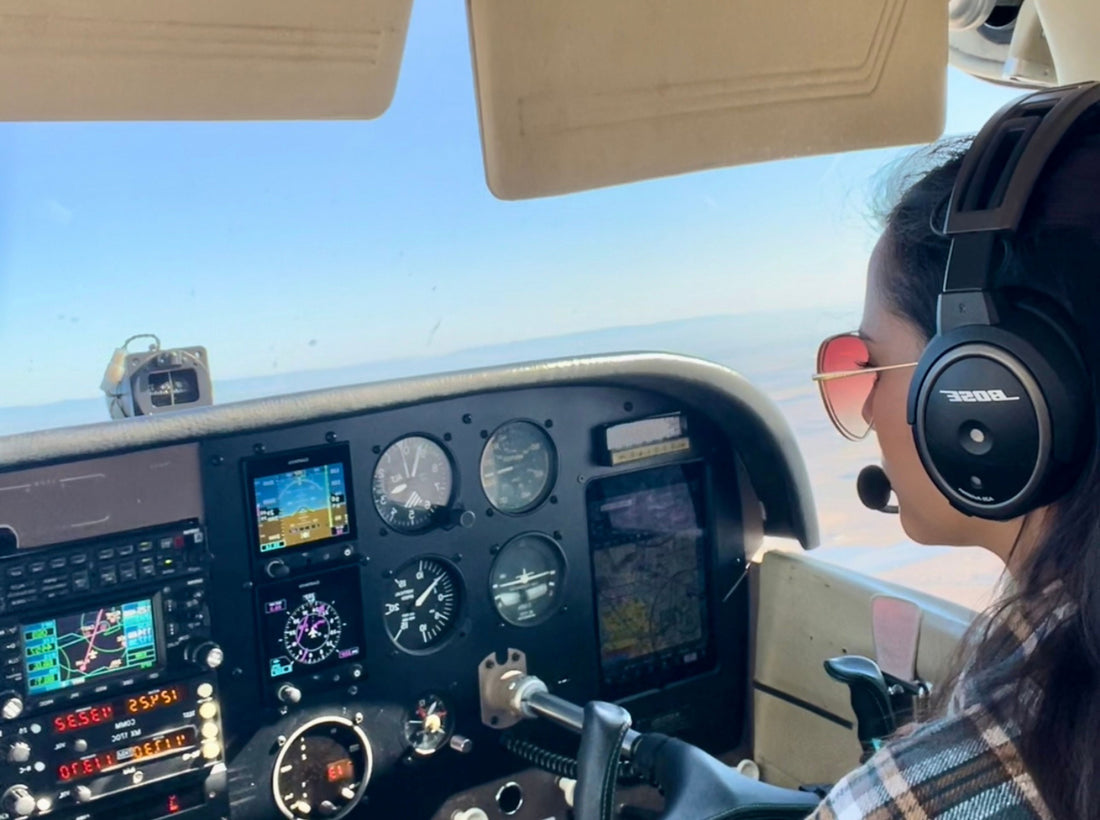
The Scan That Saves: Why Your Instrument Scan Could Save Your Life in the Clouds
Let’s talk about instrument flying—not in a simulator, not under foggles or a hood, but for real, in actual Instrument Meteorological Conditions (IMC). Picture yourself cruising along in smooth air, and then poof! You’re in a cloud. Visibility drops to zero. Outside references? Gone. Just you, the airplane, and your instruments.
This is where your scan becomes your lifeline.
What Is the Instrument Scan, Really?
Your instrument scan is how you gather, cross-check, and interpret flight information when you can’t see outside the cockpit. It’s your rhythm, your habit, your survival instinct. A solid scan isn’t just a checkride requirement—it’s what keeps the airplane upright and you flying the numbers when your senses are lying to you.
In IMC, your body will lie to you.
Your scan is the only truth you’ve got.
The Scan in Real IMC vs. Under the Hood: A Stark Contrast
Training under the hood or with foggles has its place—but don’t let it fool you. There’s a massive difference between simulated instrument training and flying in actual IMC.
Under the Hood:
- You know you’re safe. You know your instructor can see outside.
- Your peripheral vision still picks up some cues.
- There’s no sensory disconnect because you still feel like you’re in VMC.
In Actual IMC:
- The view outside is white, gray, or sometimes pitch black.
- Your brain wants to believe you're still level when you're actually in a turn.
- Disorientation is real, fast, and sneaky.
- You feel the stress, the isolation, the full weight of “I’m the only one flying this airplane.”
Without a disciplined scan, it’s easy to overcorrect, overbank, and spiral—especially when you don’t feel the turn coming.
Why a Strong Scan Is Non-Negotiable
-
It Prevents Spatial Disorientation
- You won't feel a standard-rate turn.
- Your scan confirms or corrects what your body wants to believe.
-
It Keeps You Ahead of the Airplane
- A good scan isn't just reactive—it's predictive.
- You're constantly anticipating pitch, heading, power and trends from all three.
-
It Buys You Time and Options
- The more accurate your scan, the more precise your flying—and the more headspace you have to manage the rest of your workload.
Scan Tips for the Real World:
🌀 Primary/Supporting Method Works – Know which instrument is primary for each phase of flight and don’t fixate.
👀 “Round Robin” Your Eyes – No stalling on the attitude indicator. Cross-check airspeed, heading, VSI, altimeter, repeat.
⏱️ 10-Second Rule – Your scan should complete roughly every 6–10 seconds. Anything slower and you’re flying behind the airplane.
📉 Trust the Panel Over Your Gut – If you feel something that doesn’t match the instruments, the panel wins.
🌩️ Scan Gets Sloppy When You’re Stressed – During task saturation or turbulence, make it a conscious priority to slow down and scan with intent.
Flying the Numbers = Flying Safely
Your ability to fly precise pitch, power, and trim numbers depends on a reliable scan. Want to reduce workload? Nail the scan. Want to fly a solid approach in actual conditions? Nail the scan. Want to stay alive in a cloud at night over the mountains? Nail. The. Scan.
Final Thought: The Cloud Doesn’t Care
Once you enter the soup, it doesn’t matter how smooth your last VFR flight was or how confident you felt under the hood. The clouds don’t care. But your scan will.
Develop it. Refine it. Trust it.
Because in actual IMC, your scan isn’t just a skill—it’s your safety net.
🛩️ Want more real-world IFR insights? Sign up for our newsletter or follow us for weekly instrument flying tips and stories from the field.